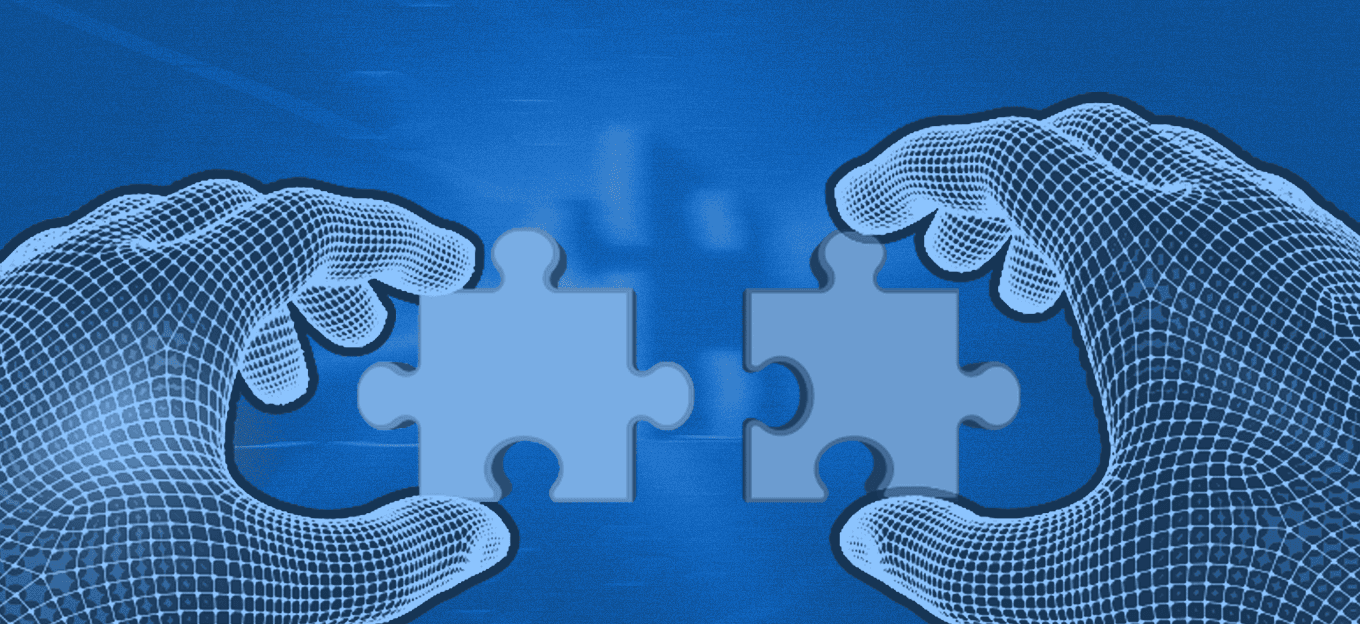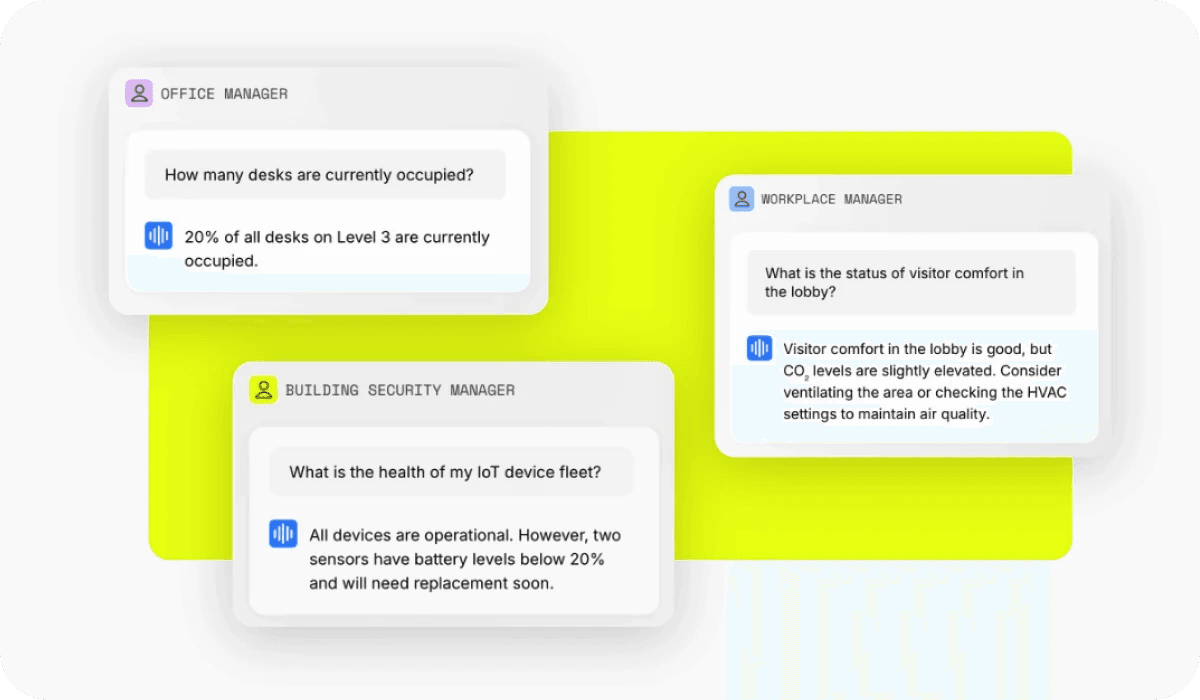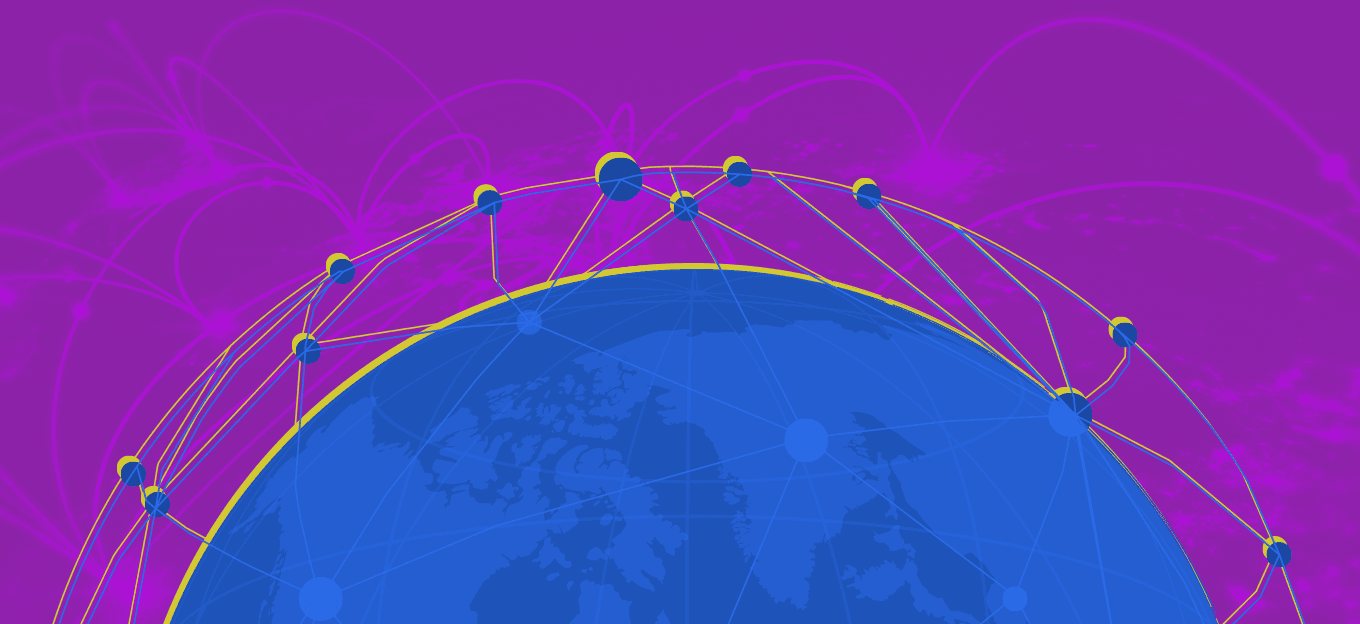How AI Completes the Puzzle for Smarter IoT Applications
How AI Completes the Puzzle for Smarter IoT Applications
- Last Updated: August 8, 2025
akenza
- Last Updated: August 8, 2025



The rise of AI across industries is reshaping the way organizations handle data, predict outcomes, and automate operations. Within the IoT ecosystem, machine learning and generative AI have taken on a crucial role. Many are familiar with the term AIoT, which represents the convergence of AI and IoT.
As the need for AI-driven analytics continues to grow, so does the demand for extensive data streams. This is what IoT delivers. Advanced AI models, such as those based on machine learning and deep learning, rely on massive volumes of data to improve their accuracy. This has created a rising demand for IoT infrastructure that provides AI with continuous, real-time information. In essence, IoT serves as the data engine powering AI, enabling smarter predictions and more informed decision-making.
The IoT evolution and emergence of AIoT
For solutions to remain future-proof and meet evolving user needs, integrating AI into IoT applications is becoming increasingly important.
In its early days, IoT was primarily centered on connectivity and straightforward data collection. Over time, attention shifted toward establishing better technology standards, consolidating markets, and generating tangible business value.
The introduction of AI to IoT can be considered the latest stage of this evolution.
We are now adding intelligence to IoT, moving systems beyond simple monitoring to capabilities like predictive maintenance and anomaly detection. Generative AI and Large Language Models, popularized by companies like OpenAI, are further transforming how users interact with data. They make it easier for a broader range of users, far beyond traditional technical teams, to access valuable insights.

Making IoT more accessible through AI
Not every IoT solution requires AI augmentation. Many applications still function effectively using simple control loops supported by rule-based applications. Custom dashboards, signage screens, and case-specific applications will continue to have their use. However, AI can significantly enhance systems where deeper analysis matters.
For example, generative AI enables users without technical expertise to query complex datasets into actionable insights. Tasks once limited to data scientists can now be carried out directly by end-users.
Consider the real estate sector: in a building equipped with IoT sensors, a facility manager might ask about current and projected energy use, while an office manager could review last month’s occupancy rates, all without navigating multiple dashboards or tools.
By integrating AI into IoT products, companies can make their solutions more accessible and adaptable to larger audiences. Instead of building data processing features for every new request, AI-powered systems can answer a broad range of questions from day one.

The Most Comprehensive IoT Newsletter for Enterprises
Showcasing the highest-quality content, resources, news, and insights from the world of the Internet of Things. Subscribe to remain informed and up-to-date.
New Podcast Episode

Bringing LPWAN to Industrial IoT
Related Articles





